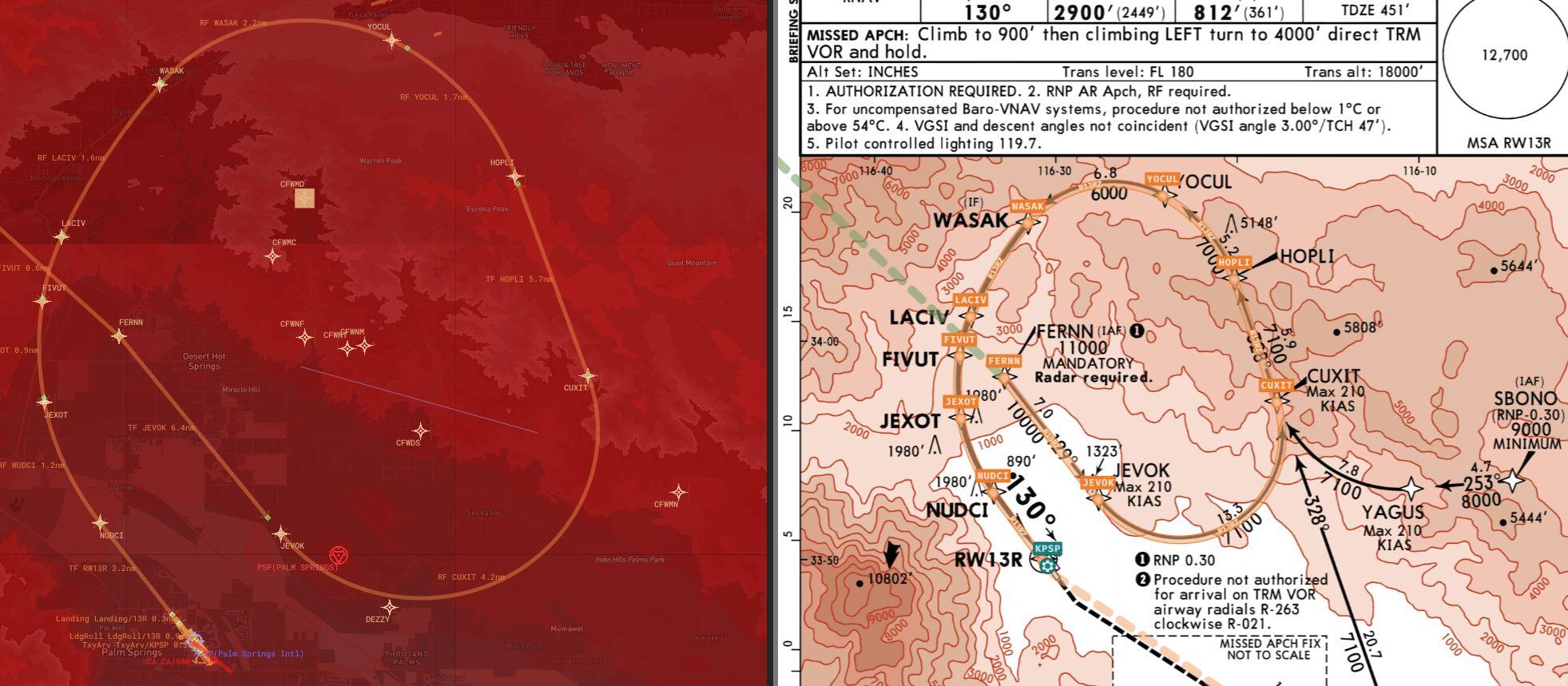Microsoft Flight Simulator 2024 is here! It's been four great years of development for MSFS 2020, and we've done a lot - numerous aircraft and airport, and even some of the sim's core features. Though we're not quite ready to uninstall 2020 yet, we're excited to see what the future holds for the MSFS franchise and the new simulator. Of course, though MSFS 2020 will remain the current priority, we're looking forward to developing for MSFS 2024 in the future. There are many new features we're excited to bring to our product lineup - however, especially with the E-Jets remaining unfinished, it's not right to stop development for the existing sim which we have much more to bring to.
Custom FMC
Lineage 1000
Our partner X-Crafts is already working on the Lineage VIP cabin for X-Plane. You can see their work throughout their social media as well as through various flight simulator news sources. Once their work is complete, we’ll receive the cabin model. From there, we’ll rework and retexture it to take advantage of MSFS' graphics technology. This will take a bit of time for our art team, but we’re definitely looking forward to it - flying long-haul routes with the E-Jets (with VIPs) has a unique appeal, doesn’t it?
Timeline
As for release dates and timelines, we've learned to be cautious over the years. The community surrounding the E-Jets has grown so much, and while that’s fantastic, it also means there are more voices and often critics. But FSS will always stay close to the community, working alongside members and welcoming feedback. That won’t change! The only adjustment is that we’ll now only share release dates when we can be 100% certain. Updates will still be released regularly (see our roadmap page). As you can see in the video below, we're still hard at work on the FMS. Development is still progressing steadily, but the Custom FMS will not be available this year.
A key change to how we publish information will also take place next year. Up until now, we’ve put a lot of effort into creating detailed blog posts each time an update for one of our add-ons was released. This is quite time-consuming, so we had a closer look at how these posts are received. Our data indicated that many community members skip straight to the changelog for each update, rather than reading the more detailed attached post. Based on this, we’re planning to try a different approach: a quarterly status report covering all projects. Of course, we’ll still post a changelog for each update, but the more detailed explanations will be reserved for the quarterly reports.
Behind the Scenes
Getting the route generator to work properly in every situation, regardless of what type of leg you are trying to fly, proved very difficult. As you can see below, most of the trouble came from the most complex sections of a route - the arrival and departure. Calculating the correct radius for a turn involves complex math and many variables, primarily speed. So far, we have around 99% of situations drawn correctly. Again, our approach of coding the FMS in an external program during development has paid off here, as we can change just one number and be able to see if it now draws the route correctly without waiting for the sim to reload. Remember, one of the most time consuming aspects of working with MSFS is actually starting up the sim. Furthermore, our system is now able to calculate a proper intercept path from any position and direction to pick up the given route - the long-awaited proper direct to.
What does this mean in practice? The first image is what the path drawing looked like before recent work, while the second is what it looks like now.
We thank everyone in the community for their patience as we continue work on the FMS. We understand that the wait has been challenging, and although there have been more delays than we would have liked, the FMS will be ready in due time.



